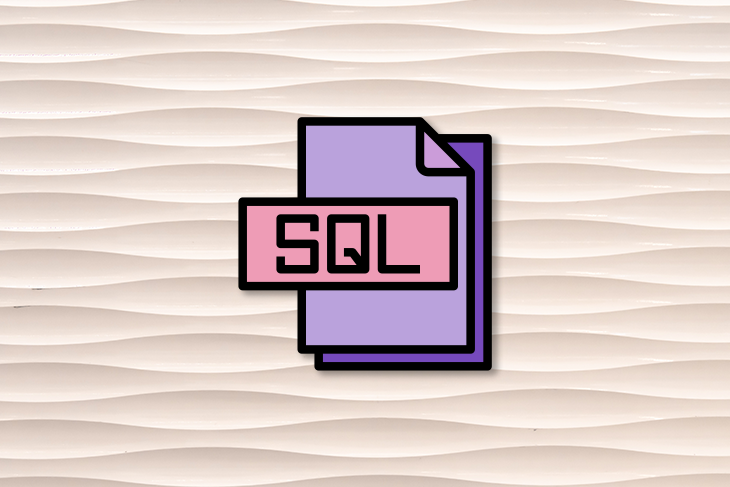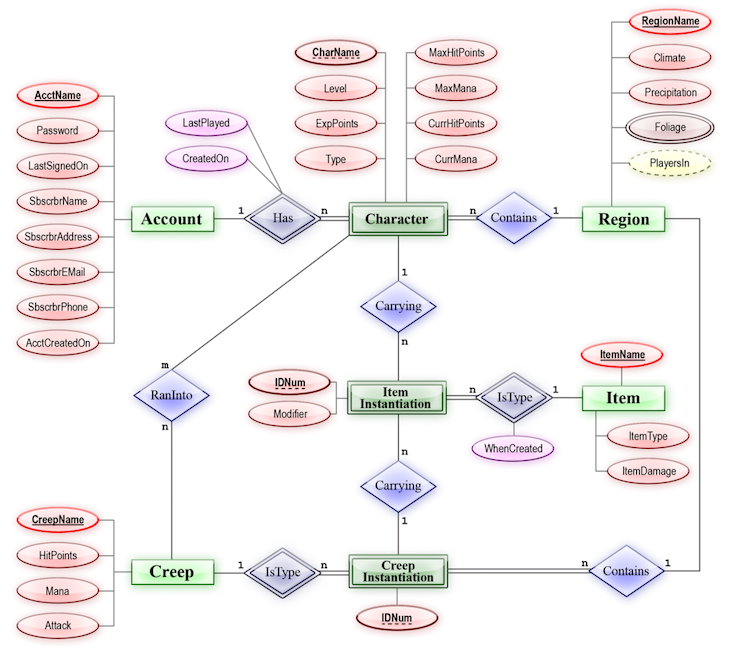Data is often the deciding factor for a product manager making decisions about product development. A good sword is to an assassin what data is to a product manager.

For a career that involves making decisions and placing wagers, having reliable facts to support your hypotheses can produce better results and assist in mitigating biases and omissions.
For a product manager, I believe the following data-oriented skills are critical:
The first aspect, Structured Query Language (SQL), enables PMs to query through a large amount of data. Instead of waiting hours or days for the engineering or data team to view and reply to your request, you can always query the pertinent data in a matter of minutes if you need to make decisions immediately.
Additionally, having access to product data improves your understanding of the product. Not to mention, it relieves your engineers and analysis from the task of bringing that data to you.
Relational database management systems (RDBMS) use Structured Query Language (SQL), usually pronounced like “sequel,” to manage data and exchange information (RDMS).
A database is comparable to an Excel file. The various sheets of an Excel file are analogous to the tables in a database. Additionally, you’ll see similarities between the SQL commands we’ll cover and any equations and pivot tables you may be familiar with from Excel.
Databases, data warehouses, and data lakes are where the majority of our data is kept. The management of your product becomes more challenging and complex as it scales, and RDBMS is one method for managing the huge data associated with larger projects.
You should always talk to the developers about the tech stack they’re using; they might choose a NoSQL database instead, which scales better in specific situations.
In a relational database, the CRUD operations — create, retrieve, update, and delete — are carried out with the aid of the programming language SQL. The retrieve activity, which analyzes existing data, is the most crucial operation product managers should be familiar with.
When requesting access for the first time from the database administrator, be sure to specify that you only require query-level access to obtain data from the database.
There is a range of SQL “flavors,” available, such as MySQL, PostGRESQL, SQLite, and MSSQL, but they all adhere to the same fundamental principles of SQL, with slight variations.
As a product manager, learning SQL can help you:
Data can be your best friend if leveraged efficiently, so hold it close.
Learning SQL will make it easier for you to track your KPIs, make necessary adjustments to what you’re measuring, look into new product opportunities, and communicate with stakeholders.
SQL queries do not require the attention of your engineers or data analysts.
By retrieving this data yourself, you spare your team the hassle of having to deal with a backlog of requests, which leads to quicker, better decision-making.
We often believe that we know our products inside-out, but that’s seldom the case — there is always room to understand your product more intimately.
Knowing where your data is stored can help you get a better handle on your product, assure accurate monitoring up front, and identify the success indicators to track over time.
Depending on the size, type, industry, and stage of the company you’re working in, you’ll inevitably find yourself working in a variety of jobs as a product manager.
Most pre-product-market fit companies do not gather enough data to justify using SQL. However, it’s crucial to be familiar with data when working for a firm that has established products for data gathering.
Nobody should expect you to build or maintain a database; that’s what data engineers are for. But you should be able to run straightforward queries according to your needs, conduct mathematical operations, run aggregate functions, and group and sort data appropriately.
You should also be familiar with connecting tables in SQL. There is a number of free courses online that can help you get these SQL basics down. Notable courses include:
Taking this a step further, skilled product managers are aware of the technologies that work best to solve particular issues and fulfill application requirements.
Refreshing your knowledge of relational databases and NoSQL databases, their benefits and drawbacks, and how distributed computing and cloud technologies have affected software development can help you gain a technical edge and stand out as a product manager.
Businesses connect to their databases using a variety of Graphical User Interface (GUI) tools, such as SQLyog, Workbench, or Sequel Pro. So, you should start by finding out what tools your organization uses or wishes to use and familiarize yourself with it.
Next, pay your database administrator (engineer, data scientist, etc.) a visit. They’ll have to give you permission to view the data for your company and help with setups.
Read-only accesses are acceptable because you shouldn’t need to update any of the data in your database for analysis purposes.
Lastly, spend some time getting acquainted with your schema (your set of data tables). It’s advisable to get a walkthrough from your database administrator or another data-savvy coworker. See if they can provide you with a current schema diagram.
By examining the columns in each table, you should become familiar with the general organization of the information that is housed there.
It can also be helpful to get an understanding of how the set of tables interact with one another. This is often documented in the form of an entity relationship diagram (ERD).

Similar to a set of Excel sheets, a relational database is a collection of various data sets arranged by tables, records, and columns. Based on particular database fields called keys, these tables can communicate with one another.
These connections in a database are shown using an entity relationship diagram (ERD). ERDs are also useful for database engineering and design.
The main elements of an ER diagram are as follows:
Once you understand the tables, the ER diagram and the general set up of the data, it’s time to write a query.
SQL queries are made to extract data from a database. Think of it as your code requesting information from the database while “talking” to it. The database responds by sending a table with the requested data as a result.
The best way to frame your inquiry is with a business question you want answered, such as “What percentage of users convert to paying customers within two weeks of signup?” or “What is the average lifetime revenue per customer?”
If you work at a company where data is readily available and in the proper format for querying, learning SQL can help you become a better product manager.
SQL is quite simple to learn and understanding how to use it has many advantages. Of course, the data won’t magically change into useful features and insights; it’s up to you to use your data to inform choices, sway opinion among key stakeholders, and take action on discoveries.
Featured image source: IconScout

LogRocket identifies friction points in the user experience so you can make informed decisions about product and design changes that must happen to hit your goals.
With LogRocket, you can understand the scope of the issues affecting your product and prioritize the changes that need to be made. LogRocket simplifies workflows by allowing Engineering, Product, UX, and Design teams to work from the same data as you, eliminating any confusion about what needs to be done.
Get your teams on the same page — try LogRocket today.

Promotions depend on proof. This guide shows PMs how to capture wins, feedback, and impact before review season.

Most teams fail at autonomy. Learn how clear rules help product teams move faster without micromanagement.

A practical framework for PMs to use AI in ideation without sacrificing judgment, strategy, or decision quality.

A practical five minute revenue estimation method to help product managers compare ideas, drop low impact features, and prioritize smarter.